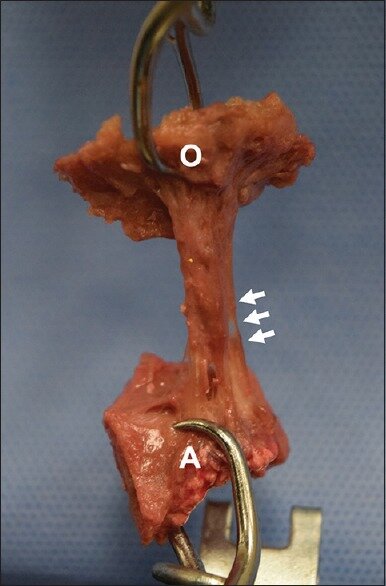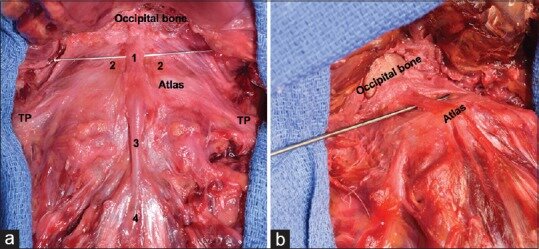Spine (Phila Pa 1976). 2019 Feb 15;44(4):291-297. doi: 10.1097/BRS.0000000000002819.
Blecher R, Yilmaz E, Ishak B, Drazin D, Oskouian RJ1 Chapman JR.
Abstract
OBJECTIVE:
The aim of this study was to evaluate trends in the incidence of spinal infections (SI) and the possible role of substance use disorder (SUD) as a key associated factor.
SUMMARY OF BACKGROUND DATA:
SI pose major diagnostic and therapeutic challenge in developed countries, resulting in substantial morbidity and mortality. With an estimated incidence of up to 1:20,000, recent clinical experiences suggest that this rate may be rising.
METHODS:
To evaluate a possible change in trend in the proportion of SI, we searched the Washington state Comprehensive Hospital Abstract Reporting System (CHARS) data during a period of 15 years. We retrieved ICD-9 and 10 codes, searching for all conditions that are regarded as SI (discitis, osteomyelitis, and intraspinal abscess), as well as major known SI-related risk factors.
RESULTS:
We found that the proportion of SI among discharged patients had increased by around 40% during the past 6 years, starting at 2012 and increasing steadily thereafter. Analysis of SI-related risk factors within the group of SI revealed that proportion of SUD and malnutrition had undergone the most substantial change, with the former increasing >3-fold during the same period.
CONCLUSION:
Growing rates of drug abuse, drug dependence, and malnutrition throughout the State of Washington may trigger a substantial increase in the incidence of spinal infections in discharged patients. These findings may provide important insights in planning prevention strategies on a broader level.













